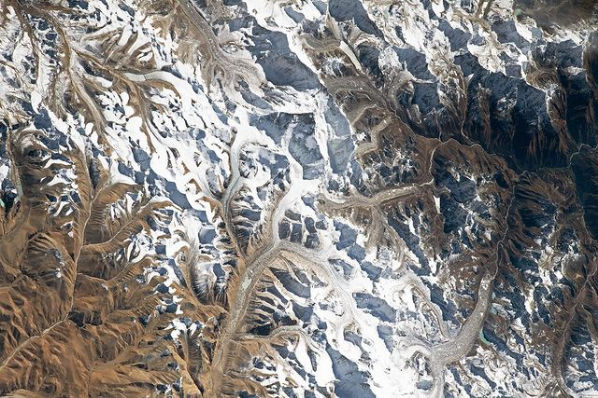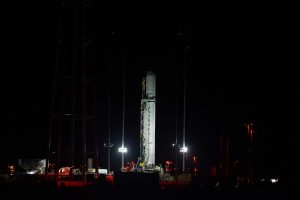NASA has released a photograph of Mount Everest that is unlike any previous image of the great peak. It was taken from the International Space Station and provides an entirely fresh viewpoint. The caption reads, “Mt. Everest like you’ve never seen it before.” The caption continues by describing how the tallest peak may be seen from a different viewpoint from “the vantage point of space.” An astronaut on board the International Space Station took the photo.
Also Read | NASA satellites show short-term drop in CO2 emissions during COVID lockdown
“This world-renowned summit just keeps growing approximately 1 centimetre per year due to the progressive uplift of the crust caused by the convergence of the Indian and Eurasian tectonic plates,” the caption said. The photograph has received hundreds of likes since it was posted. In the comments section, one user compared it to crinkled up aluminium foil, writing, “This is crinkled up aluminium foil.” Someone else wrote, “our beautiful home planet! dear @nasa when was this amazing photo taken.”
Also Read | NASA’s Hubble spots most distant star ever seen by humankind
Meanwhile, during the COVID-19 epidemic, a NASA team of scientists observed regional changes in atmospheric carbon dioxide (CO2) around the world for the first time. These fluctuations were caused by emissions from human activities. The scientists quantified CO2 emissions from space during the epidemic using a mix of NASA satellites and atmospheric modelling, including data from NASA’s Orbiting Carbon Observatory-2 (OCO-2). Previous research looked into the consequences of lockdowns early in the pandemic and discovered that worldwide CO2 levels fell modestly in 2020.
Also Read | Jeff Koons to send his sculptures to the Moon, will become the first ‘authorised’ artworks on Lunar Surf
The team’s data revealed that human-caused CO2 concentration rise in the Northern Hemisphere decreased from February to May 2020. It recovered throughout the summer, corresponding with a year-to-year decline in worldwide emissions of 3% to 13%.
According to the scientists, the findings are a significant step forward for researchers investigating the regional consequences of climate change and tracking the outcomes of mitigation initiatives.
The approach detects changes in atmospheric CO2 levels within a month or two after they occur, providing quick, actionable knowledge about how human and natural emissions are changing.







